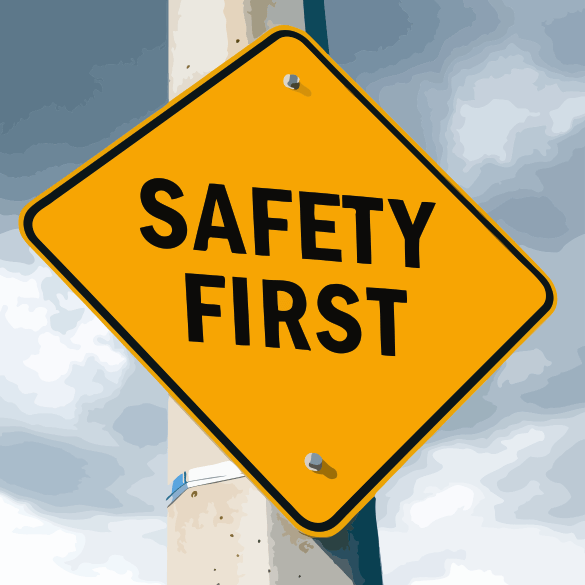
According to the most recent statistics, Texas has led the nation in workplace deaths every year between 2009 and 2017. That means a Texas worker was dying every 16 hours by 2017. The workplace death toll was higher than the number of murders in Dallas, Fort Worth, Huston and Austin combined. Texas has the highest workplace death per capita rate of the 10 most populous states in the union.
There are many discussions regarding why Texas has such a dismal track record on workplace fatalities and many experts have posited that the primary reason is a lack of policy initiatives because the state doesn’t have an agency to conduct safety inspections and oversee workplace safety – there is no state version of OSHA. Many also note that Texas is the only state in the union that lacks an absolute requirement that private employers carry workers’ compensation insurance, which indicates a rather lax approach to workplace safety in the state.
Why Does Texas Leave Workplace Safety to OSHA?
As bad as the workplace fatality numbers are, the numbers of workplace injuries is even more striking. According to the National Safety Council, nationwide, there are 4.6 million workplace injuries a year, resulting in more than 100 million hours of lost production every year. And now, there is research available to suggest that workplace injuries may contribute to a variety of other problems. According to a new study published in the American Journal of Industrial Medicine yesterday, a workplace injury that was severe enough to keep a worker home for a week or more just about tripled that worker’s risk of both drug overdose and/or suicide.
Previous research had shown that workers who are injured on the job are more likely to suffer from depression and were also more likely to experience long-term earnings losses, but this new study, conducted by researchers at the Boston University School of Public Health suggests that even relatively minor injuries, many of which are treated with opioids, may increase the risk of opioid addiction and suicide.
The Consequences of Workplace Injuries May Be Greater Than We Thought
For the new study, researchers analyzed data from more than 100,000 workers in New Mexico who had lost-time injuries in which they missed at least seven days of work, up to and including permanent disabilities, between 1994 and 2000. They also looked at workers’ compensation data during that period, along with Social Security Administration mortality data through 2013, as well as death data from the National Death Index through 2017.
The researchers then compared the workers who suffered a lost‐time injury with a group of workers who had suffered medical-only injuries, requiring less than seven days off, and entailed no permanent disability. They found that men with a lost-time injury were 29 percent more likely to die from a drug-related cause, and they were 72 percent more likely to commit suicide. The numbers were even worse for women, with 193 percent likely to die from drugs and 92% more likely to commit suicide. The study’s report didn’t offer any explanations for the difference, but according to statistics, under normal circumstances, men are more likely to die from a drug overdose, while women are more likely to commit suicide.
There are a few problems with this study, the worst one being that all of the data was taken from one state, New Mexico. Also, opioid abuse and suicide numbers have been rising for the last 25 years, while life expectancy in the US has been decreasing recently. However, given that the CDC recently warned that opioids contributed to more than 100,000 deaths between 2006-2012 and suicide rates have risen more than 30 percent in at least 25 states in roughly the same time period, it is quite possible that this new study may underestimate the problems to some degree.
It’s Time for Texas to Take Workplace Safety More Seriously
Regardless of the veracity of this study, this points up one more reason why the state of Texas has to better address the problem of workplace safety. Employers and safety officials know how to prevent most workplace accidents, including falls from height, trench collapses, and respiratory issues, among hundreds of others. That means cracking down on those reasons why people are getting injured and enforcing laws and standards that are known to keep workers safe. While the fact that Texas has led the nation in workplace fatalities needs to be addressed, there are many other reasons to crack down and make all employer workplaces safer. It’s time we look closely at what’s injuring and killing workers and ensure that employers comply with the law.
